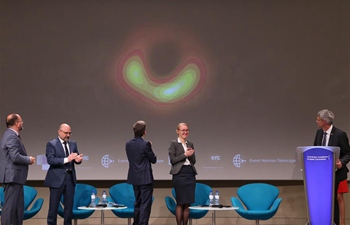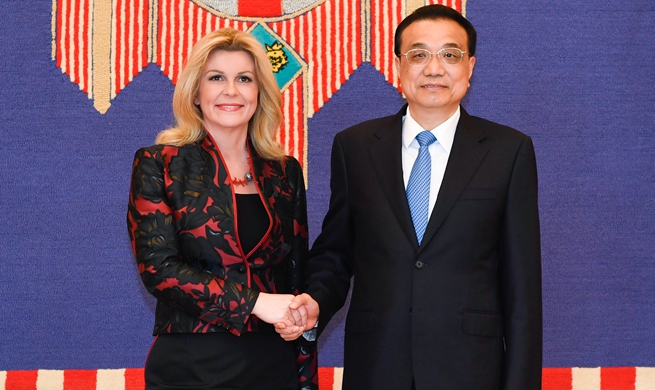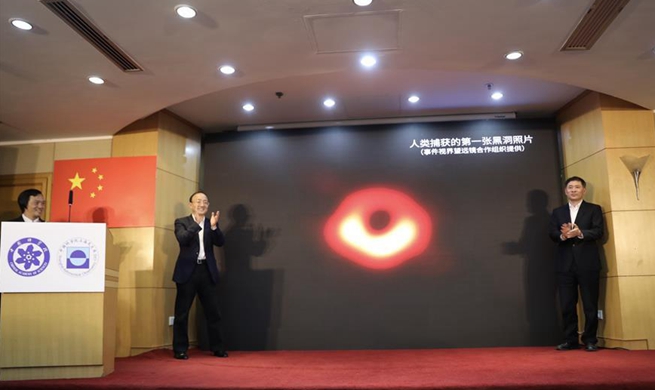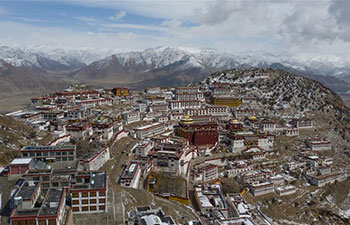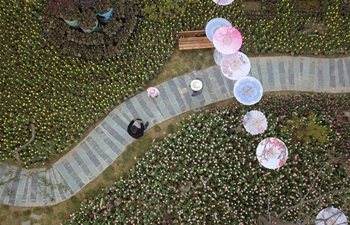by Tan Jingjing
LOS ANGELES, April 10 (Xinhua) -- The first image of a black hole unveiled on Wednesday would have a positive impact on the research of gravitational waves and black holes, a leading U.S. expert said on Wednesday.
"The direct images will inform our theories about the surrounding environment of the black hole, such as how much gas is there, and what about strong magnetic fields," Rana Adhikari, professor of Physics at the California Institute of Technology, and a member of the U.S. Laser Interferometer Gravitational-Wave Observatory (LIGO), told Xinhua in an interview.
The image has proven that it is possible to use radio astronomy techniques to make super accurate images, and finally allowed us to find out what the situation is for having high energy plasma near a black hole, Adhikari said.
"It is really a bright new age for sub mm (millimeter) and mm wave astronomy," he said.
The image of the black hole, based on observations through the Event Horizon Telescope (EHT), an earth-sized virtual telescope network linking eight ground-based radio telescopes across the globe, was unveiled Wednesday in coordinated press conferences around the world.
The image shows a crescent-shaped, ring-like structure with a dark central region -- the black hole's shadow. It lies in the center of a distant galaxy identified as Messier 87, some 55 million light-years from Earth, with a mass 6.5 billion times that of the Sun.
"We had some calculations, but this is the first very close picture," said Adhikari, recipient of the 2019 Breakthrough Prize in New Horizons in Physics, who was awarded for his research on present and future ground-based detectors of gravitational waves.
The EHT is the result of years of hard work by over 200 scientists including Chinese astronomers. It offers scientists a new way to study the most extreme objects in the universe predicted by German-born physicist Albert Einstein's theory of general relativity.
Hailing the significance of international collaboration on this major discovery, Adhikari said it allowed observatories across the globe working in tandem as one effective virtual Earth-sized radio dish.
The first-ever image will also inspire more scientists and students to study black holes, he added.
The LIGO resumed its hunt for gravitational waves earlier this month following numerous upgrades to its lasers, mirrors and other components. The observatory expects to detect more gravitational waves in the future from the types of sources seen so far, and is eager to witness black hole-neutron star mergers and other new events.


